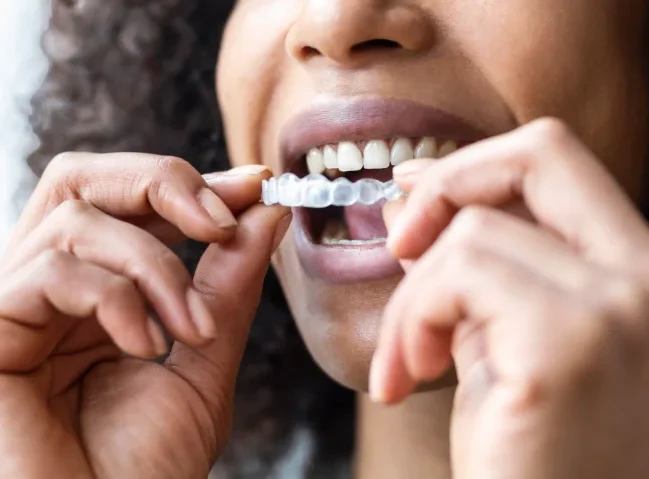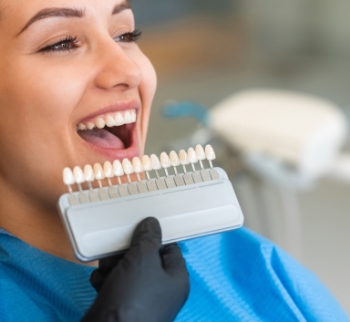We offer a wide range of dental treatments for all age groups, with a particular emphasis on prevention.
Services
Family-Oriented Dental Services
Caring for Your Loved Ones 50 Years & Counting
Maybe you are uncomfortable in a dental office. Maybe you have had some negative experiences in the past. Or maybe you think that your problem is not quite that serious and you can put your appointment off a little longer. Unfortunately, problems with your smile only get bigger – and more expensive the longer you wait.
A great smile starts even before your child’s first tooth comes in. We welcome children at each of our offices. Our dentists and team members will help them explore our offices so that they will feel comfortable and develop good attitudes about visiting the dentist and good oral health habits. We will always be gentle with your child and answer everyone’s questions.

Effective, reliable treatments for patients of all ages.
No matter what your needs or goals for your smile may be, our dentists and teams are here to help. We look forward to meeting you and every member of your family and helping you take your first steps to better smiles.
Take some time to learn more about the services we provide at Athens Smiles. When you are ready to schedule an appointment with our dentists, contact our dental office in Athens.
Our Dental Services

Dental Technology

Endodontics



Invisalign



